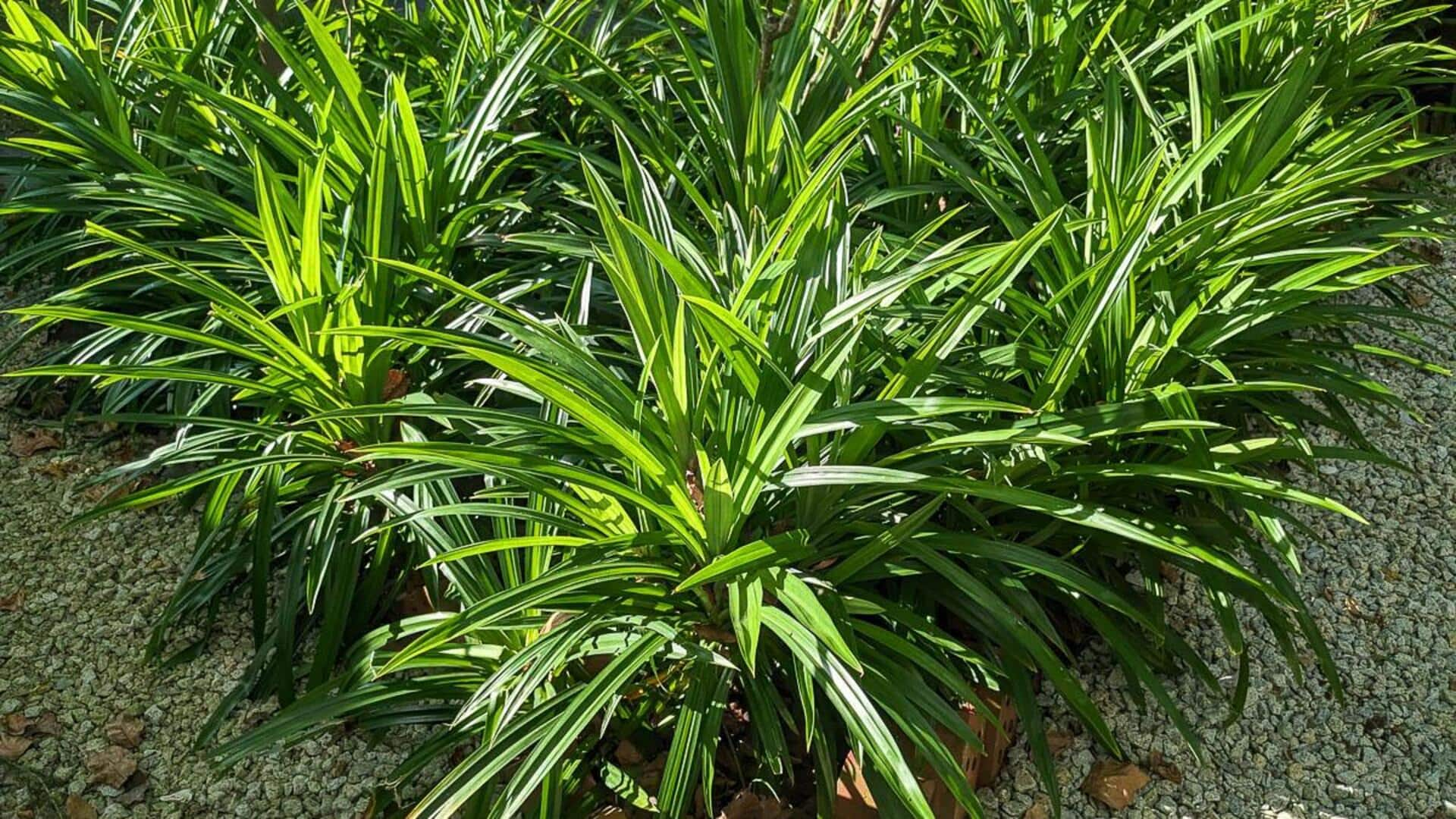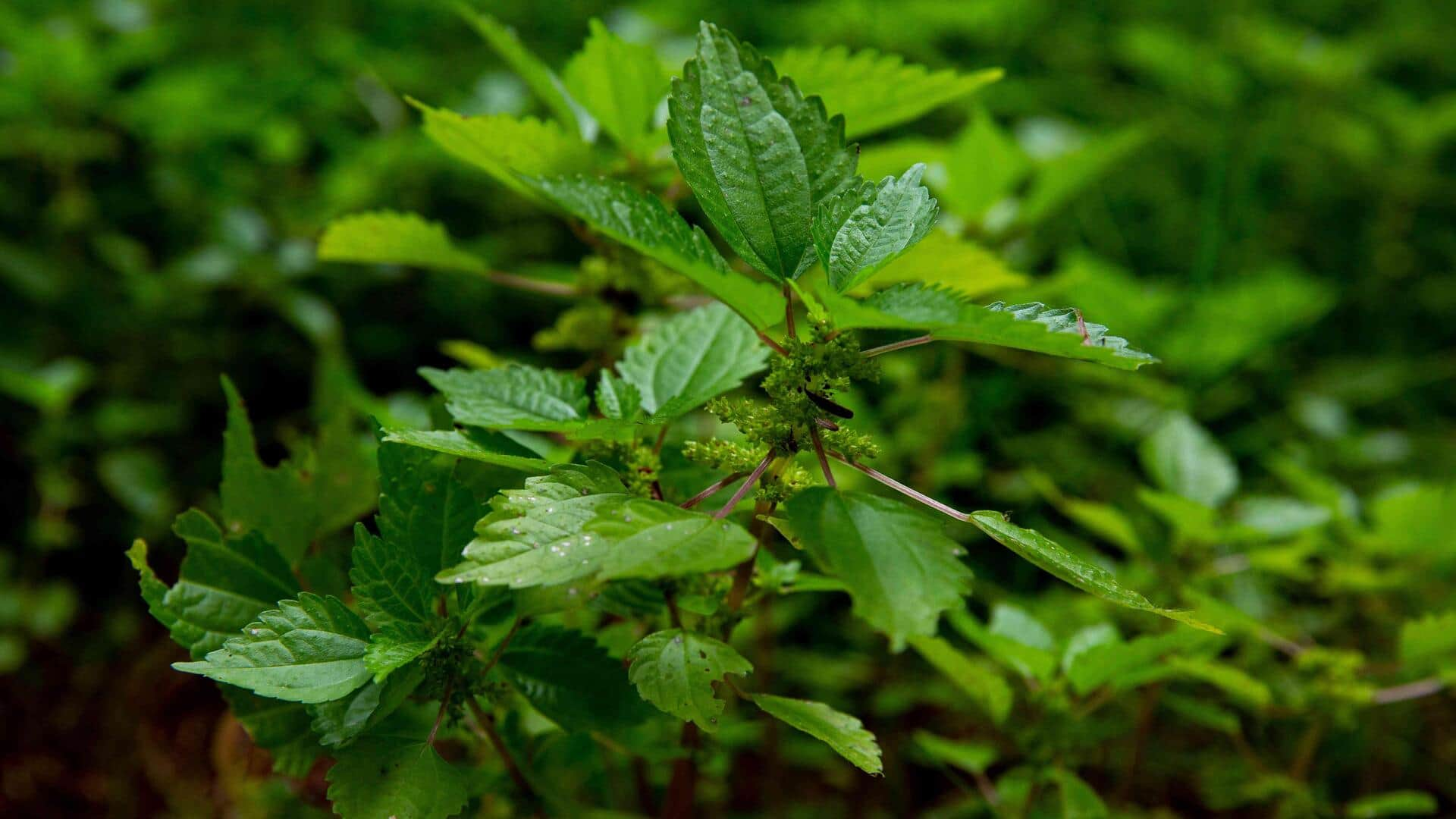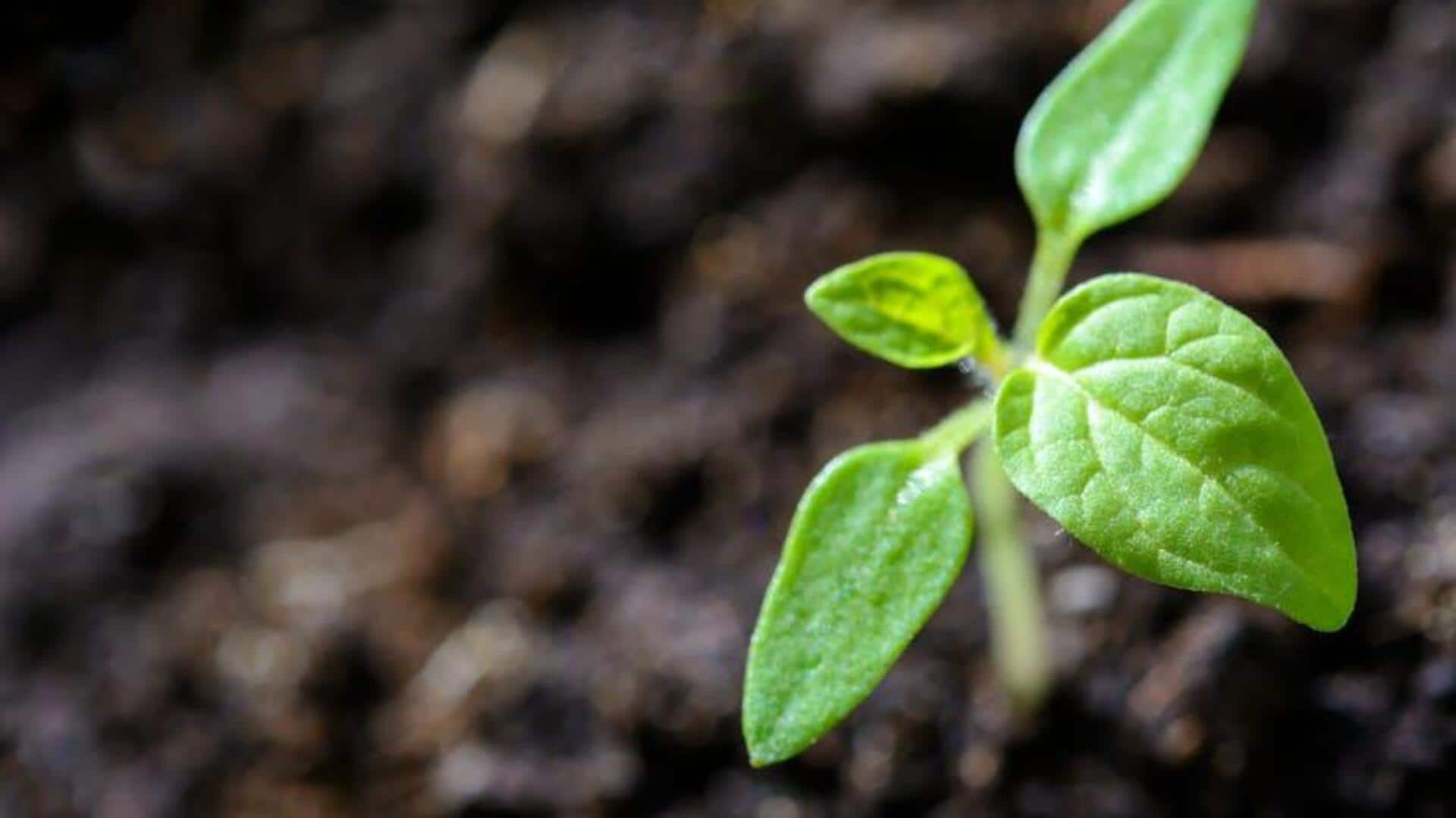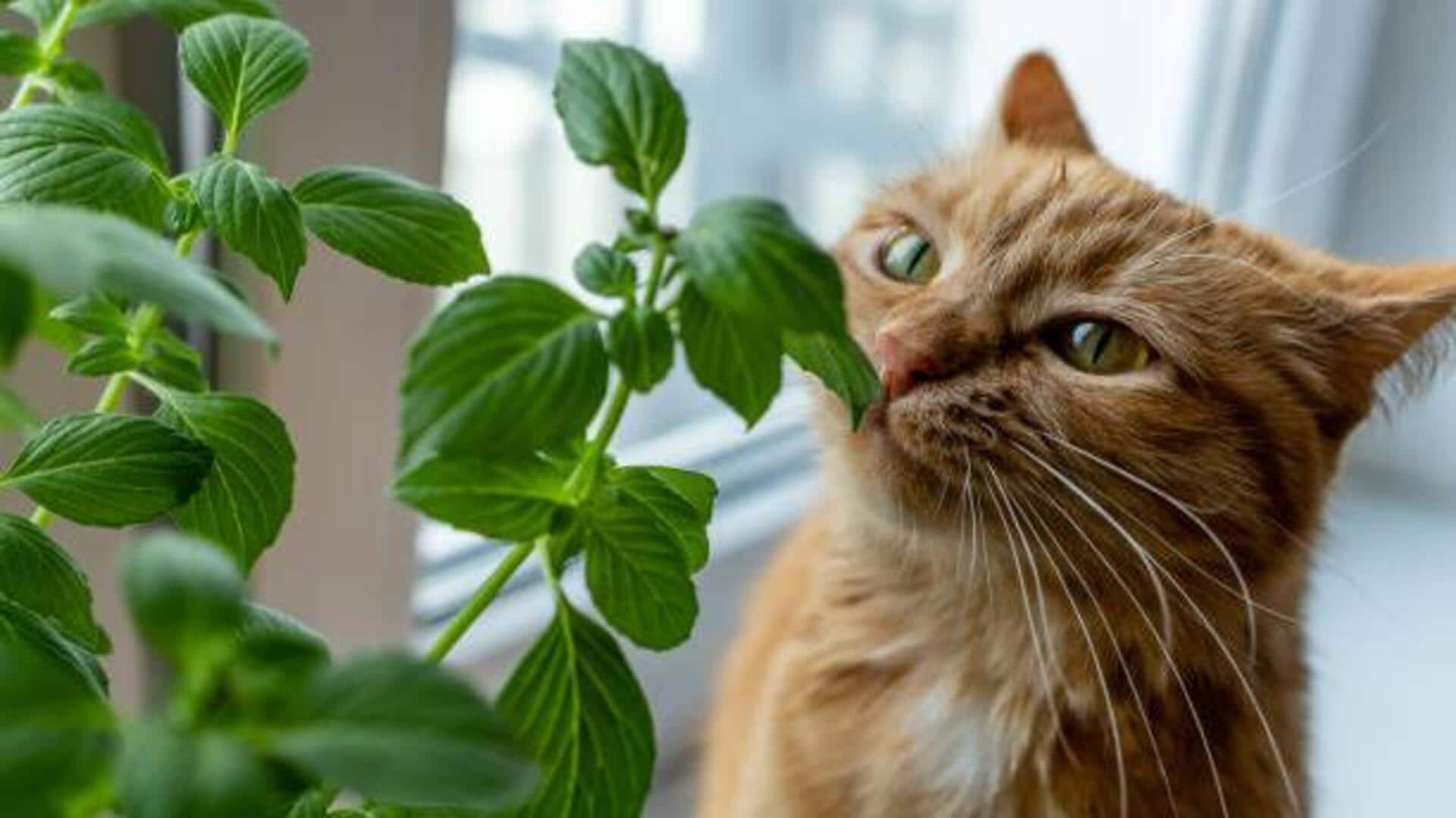Consistent Watering is Key
Establishing a consistent watering routine is paramount for the health and vitality of your pet-friendly houseplants. Different plants have varying hydration
needs, and understanding these requirements is essential for their survival. Regularly check the soil moisture levels by inserting your finger a couple of inches into the soil. If the soil feels dry, it's time to water. Overwatering can be just as harmful as underwatering, leading to root rot and other issues. Ensure proper drainage by using pots with drainage holes. The frequency of watering will depend on factors such as the plant species, pot size, and environmental conditions like light and temperature. Observe your plants for signs of dehydration, such as wilting leaves or dry soil, and adjust your watering schedule accordingly. When you water, do it thoroughly, allowing excess water to drain from the bottom. This ensures the roots receive adequate hydration. Avoid letting your plants sit in standing water, as this can lead to fungal problems. Aim for a balance that provides sufficient moisture without overdoing it, ultimately contributing to your plants' overall health and longevity.
Opt for Non-Toxic Varieties
The selection of non-toxic plants is a crucial step in creating a pet-friendly home environment. Certain plant species contain substances that can be harmful to pets if ingested, causing various health issues. Prioritize choosing plants known to be safe for animals. Some examples include spider plants, prayer plants, Boston ferns, and African violets. Research thoroughly before bringing any new plant into your home to ensure its safety. The ASPCA (American Society for the Prevention of Cruelty to Animals) website provides a comprehensive list of toxic and non-toxic plants. Be aware that even non-toxic plants can cause mild gastrointestinal upset if consumed in large quantities. If your pet ingests any part of a plant, especially a plant you are unsure of, contact your veterinarian immediately. Ensure that plants are placed out of reach of pets, especially curious ones, and consider using hanging baskets or shelves to provide an added layer of protection. Regularly inspect your plants for any signs of pet interaction, such as chewed leaves or damaged stems, and address any issues promptly.
Strategic Plant Placement
Effective plant placement is a significant factor in maintaining a pet-friendly environment, as it helps prevent accidental ingestion and potential harm to your pets. Position plants in locations where your pets cannot easily access them. This might involve using hanging baskets, placing plants on high shelves, or utilizing plant stands. Consider your pet's natural behaviors and tendencies when selecting locations. If your pet is prone to jumping, reaching, or climbing, place plants accordingly. Keep plants away from areas where pets spend a lot of time, such as their beds or favorite play areas. Be especially cautious about keeping plants away from puppies or kittens, as they are more prone to curiosity and accidental ingestion. Regularly inspect the plants for any signs of pet interaction, such as chewed leaves or damaged stems. Adjust the plant's location or take additional protective measures if necessary. By considering your pet's behavior and choosing appropriate placement, you can significantly reduce the risk of plant-related accidents and ensure a safe and harmonious living space.
Regular Plant Monitoring
Regularly monitoring your plants for signs of health is a critical aspect of pet-friendly houseplant care. Conduct routine inspections to identify any issues early, such as pest infestations, diseases, or signs of nutrient deficiencies. Healthy plants exhibit vibrant foliage, steady growth, and overall vitality. Keep a close eye on your plants and observe any changes. Look for signs of distress, such as yellowing leaves, wilting, or stunted growth. These can indicate underlying problems that need to be addressed promptly. Check for pests like spider mites, mealybugs, or aphids, as they can weaken plants and potentially transmit diseases. Treat any infestations immediately. Regularly check the soil moisture levels, ensuring appropriate hydration. Prune any damaged or diseased leaves to promote healthy growth. Adjust the watering, lighting, and fertilization as needed based on the plant's specific requirements and observations. By staying vigilant and responding promptly to issues, you can maintain healthy plants and create a safer environment for your pets.
Safe Fertilizer Practices
Choosing and using safe fertilizers is important to support the growth of your pet-friendly houseplants. Some fertilizers contain ingredients that can be harmful to pets if ingested. Opt for organic or pet-safe fertilizer options that are free of harmful chemicals. Read the product labels carefully and follow all usage instructions. Avoid using fertilizers containing ingredients that can be toxic if ingested, such as urea formaldehyde or high concentrations of phosphorus. Apply fertilizer according to the recommended dosage to prevent over-fertilization. Too much fertilizer can lead to salt buildup in the soil and can be toxic to plants and pets. Consider using slow-release fertilizers to provide a gradual supply of nutrients. When fertilizing, always wear gloves and keep the fertilizer away from your pets. Clean up any spills immediately. Store fertilizers securely out of reach of pets. If you are unsure whether a fertilizer is safe for your pets, consult with your veterinarian or a plant expert. Proper use of pet-safe fertilizers will ensure healthy plant growth while protecting your pets from potential harm.











